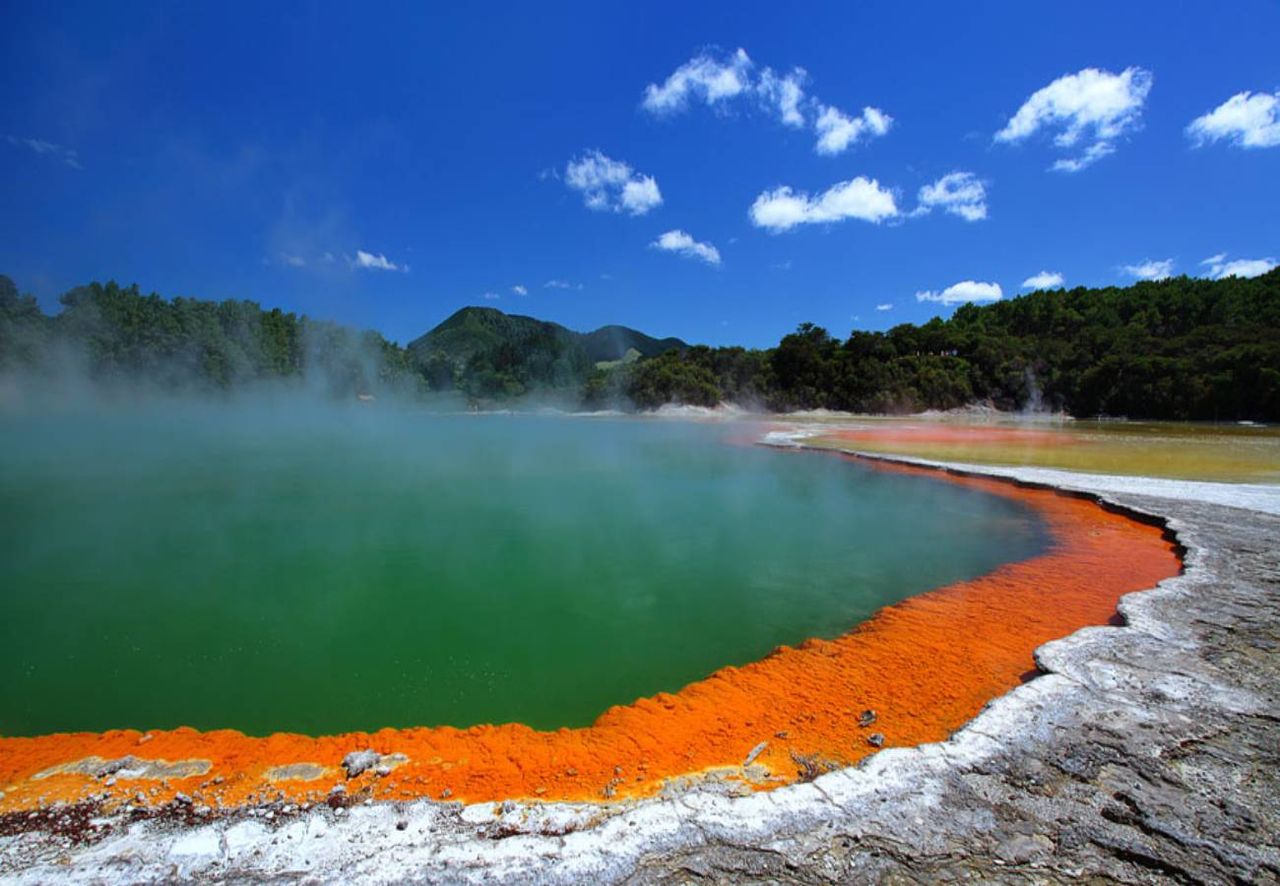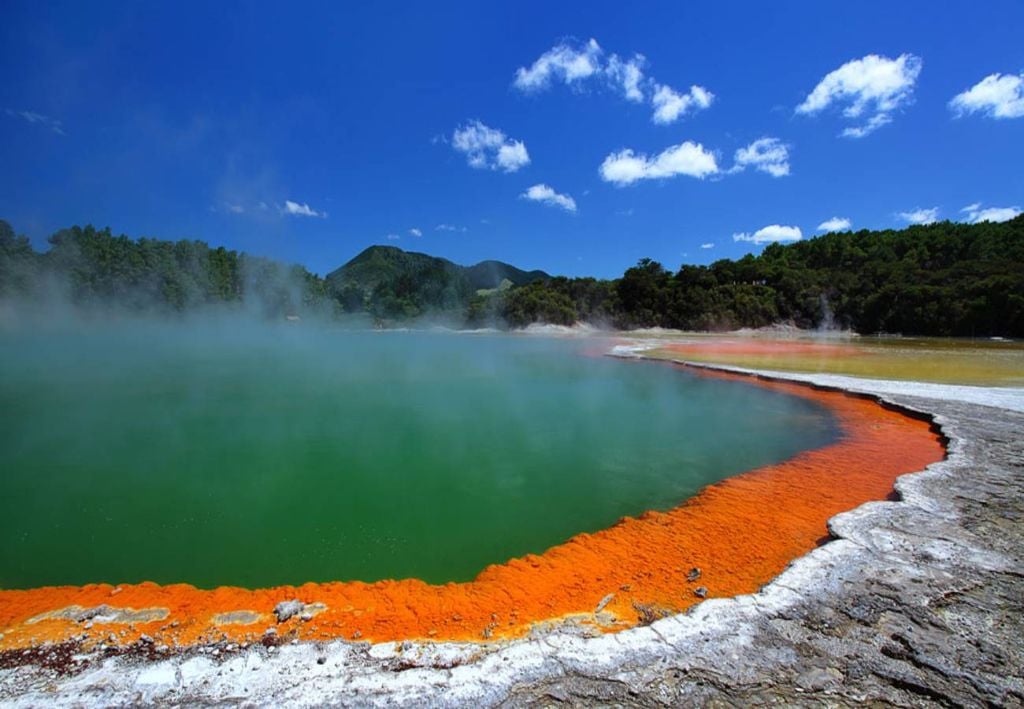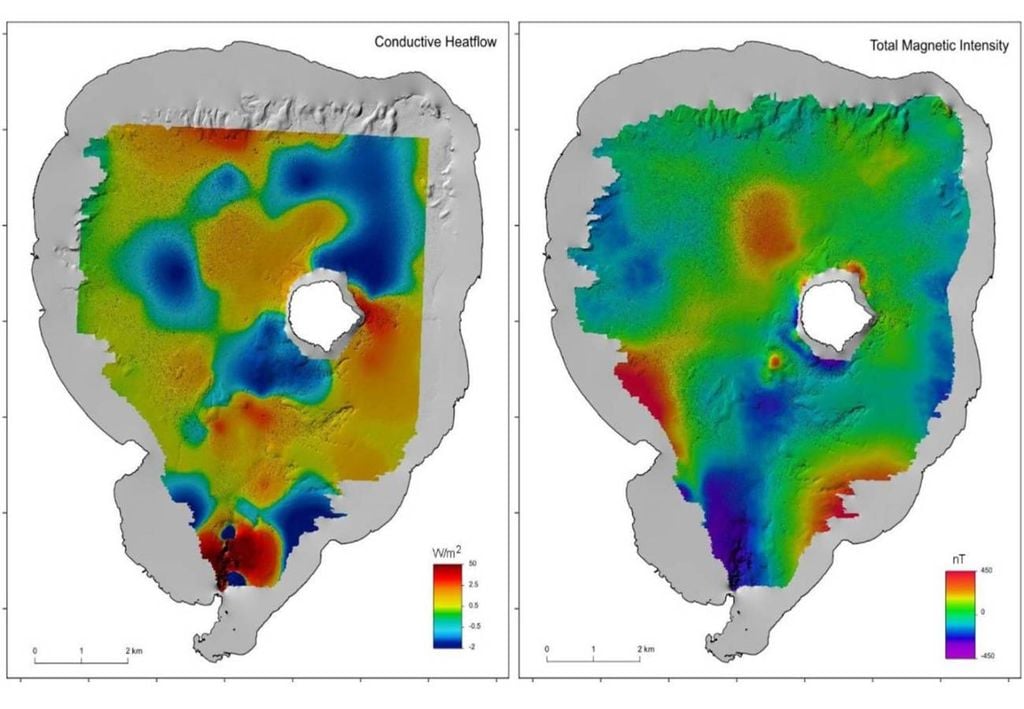
A strange “magnetic anomaly” was discovered in a legendary lake in New Zealand! What is happening in this lake?

New Zealand is rich in natural beauty. Examples include Lake Rotorua, Which borders the town of the same name and is the second largest island in the country's North Island, with an area of 79.8 square kilometers. It is set in a Maori legend that tells the story of forbidden love. But in addition to legends, it is also famous for its dazzling colors.
Lake Rotorua is known for its turbid blue-green water due to the presence of sulphur, making it a place of scientific interest.
For the first time, researchers from the GNS Institute of Science have drawn a detailed map of the depths of this lake I discovered a “magnetic anomaly” Which helps to understand the functioning of volcanic lakes in the region.
Discovery in Lake Rotorua
Researchers have mapped about 68% of the lake, which is located in an ancient crater of an inactive volcano. The main goal was to use a multibeam echosounder (a type of sonar) to detect the depth and shape or bathymetry of the lake floor.
It is believed that Lake Rotorua was formed after a volcanic eruption that destroyed the Earth about 220,000 years ago. The volcano responsible for the eruption is dormant beneath the lake.
Mapping results Signs of hydrothermal activity have been detected beneath the lake. Including a series of small calderas that have created craters at the bottom of the lake, In addition to the strange “magnetic anomaly”.
According to researchers, These small craters are likely the result of hydrothermal eruptions: They are created by the release of hot gas and water and still emit almost imperceptible heat flows. This has been observed along the coast of Sulfur Point (a geothermal wetland south of Lake Rotorua characterized by the presence of sulfur), where warm water rises into the lake and cold water rushes down.
Despite this intense activity. Temperatures near the bottom of the lake are around 14 degrees Celsius. This is because there is a large amount of cold water that works to neutralize the heat coming from below.
The “magnetic anomaly” of the lake
This “magnetic anomaly” sparked the interest of researchers, as it indicated the presence of pyrite instead of the expected magnetite in the lake's volcanic rocks.
It turns out that volcanic rocks usually contain magnetite, which is highly magnetic. They believe the lake's hot water (hydrothermal fluids) turned the magnetite into another mineral, pyrite, which has almost no magnetic signal. (This can be seen in the blue tones in the bottom image, which cover craters caused by hydrothermal explosions associated with low or no magnetic intensity.) This hydrothermal process would greatly reduce the magnetic signal and explain the anomaly.

“Normally with igneous rocks, when you pass a magnetometer over them, you get very positive anomalies, but in this case, “We get negative anomalies, perhaps because of the very low magnetic susceptibility.” said Cornel de Ronde, a geologist at the GNS Institute.
For researchers, This shows that an old volcano, even if inactive, is still affecting Lake Rotorua. For Runde, this research is “an excellent example of a comprehensive approach to understanding our geothermal-hosted volcanic lakes,” Allowing us to better model the complex functioning of Rotorua's geothermal system.
Article reference:
New maps reveal the hidden depths of Lake Rotorua. GNS Science2024.

“Reader. Travel maven. Student. Passionate tv junkie. Internet ninja. Twitter advocate. Web nerd. Bacon buff.”
